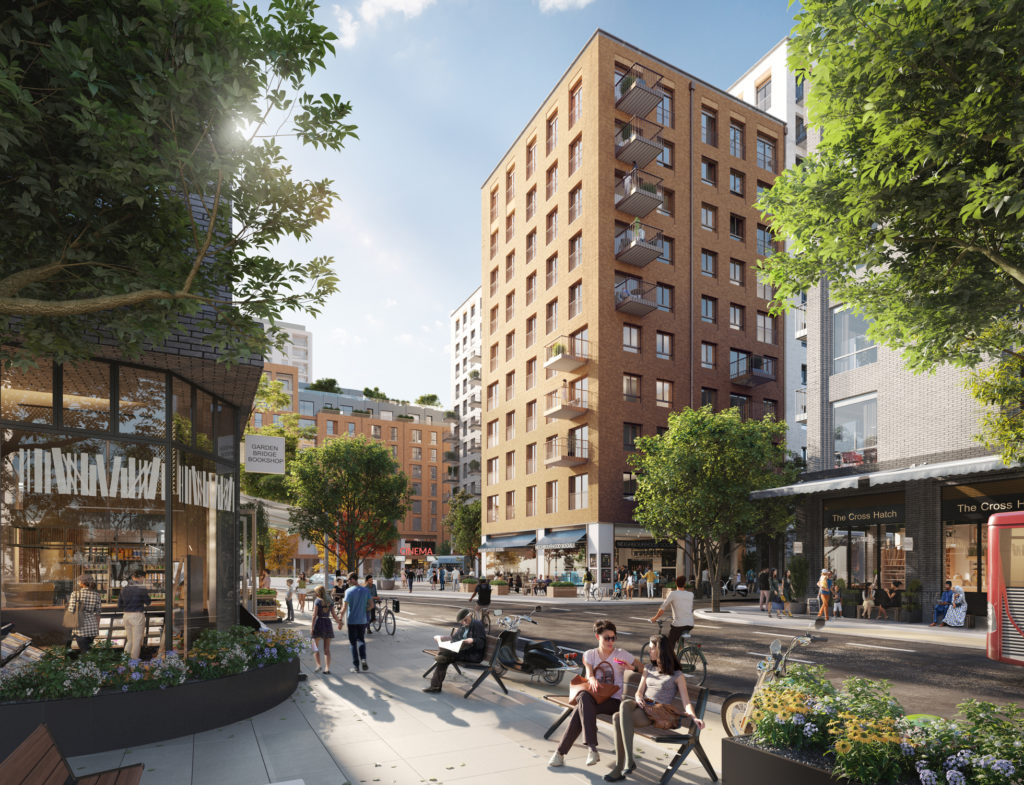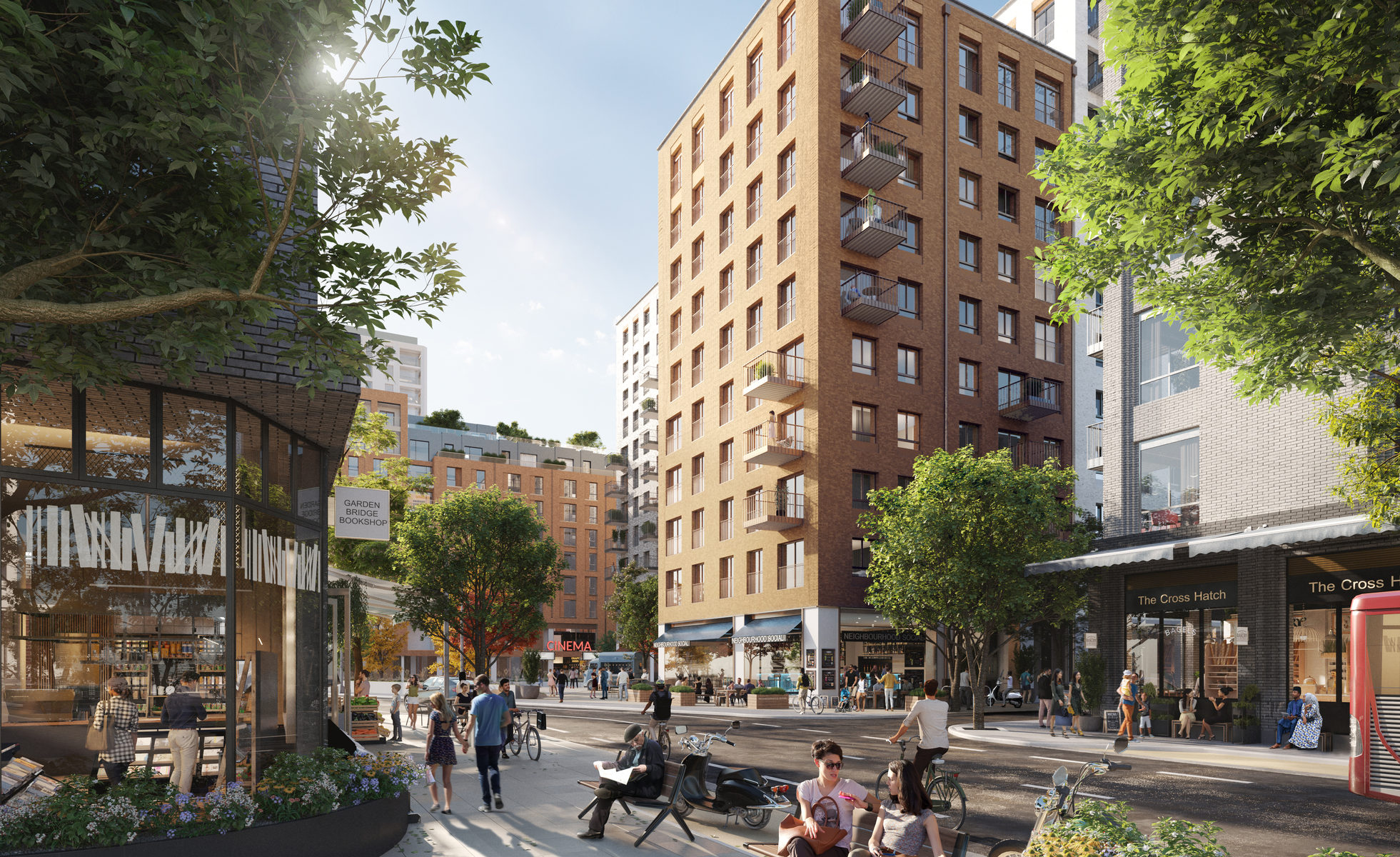
Claudine Blamey, Head of Sustainability and Digital Strategy for Argent and Argent Related, presents ‘The Brent Cross Town Flourishing Index’, a tracking system that measures a community’s ability to flourish successfully.
For all of us creators of places, developing and stewarding spaces that makes life better for existing and new residents, employees and visitors is the ultimate goal, but more often than not it is one we struggle to measure outside the post-completion evaluation snapshots. We need to find a way to track how well we’re doing on the journey.
As we start to bring forward Brent Cross Town, the £180-acre new North London neighbourhood, we are setting out to create a place that will encapsulate the best elements of our best London towns, and one that is able to respond and adapt to a changing landscape so that it continues to be fit for purpose.
To really understand if we were being successful in truly creating a community that has the ingredients to thrive, we knew we had to look again at how we track impact and how we can measure it regularly, consistently and in a way that enables us to create a feedback loop, with results informing the evolution of the development. We need to measure real outcomes against our principles as we progress.
This led us to partner with engineering consultancy, Buro Happold, and a research scientist, Dr Jamie Anderson, from the University of Manchester, to create a tool to measure place-based flourishing that gives us exactly what we need – data on how well the people at Brent Cross Town are doing, and in turn how well we’re doing.
The Brent Cross Town Flourishing Index is the result: a tracker against which we can judge Brent Cross Town’s pledge to create a ‘flourishing’ community that values neighbourliness, inclusivity, and good health, and one in which people are happy and productive.
The measurement of positive mental health and happiness is still relatively uncharted territory as researchers didn’t even try to measure it as it has been considered just too subjective. As such, wellbeing has only started to be quantified as part of place development in the last decade.
To develop the index, we are building on the progress of another pioneer, Professor Felicia Huppert, in this field, who created the 10 wellbeing measures that form the basis of the European Social Survey. But in an important way, our index differs: nine of those 10 metrics ask about the individual, measuring aspects like emotional stability, optimism and self-esteem. We know we also need to analyse the happiness and wellbeing of communities and how we relate to each other.
Looking at neighbourhood social flourishing includes elements like safety, trust and participation and looks beyond the wellness of an individual.
Our index systematically examines how communities feel socially and realises their potential collectively. How happy people are as a collective in their local areas is something that has rarely, if ever, been captured at this scale.
With decisions being led by science and with the understanding that the health of an individual is contingent on the wellbeing of the collective, we hope to provide a model for other place-makers to interrogate and, perhaps, adopt themselves.
